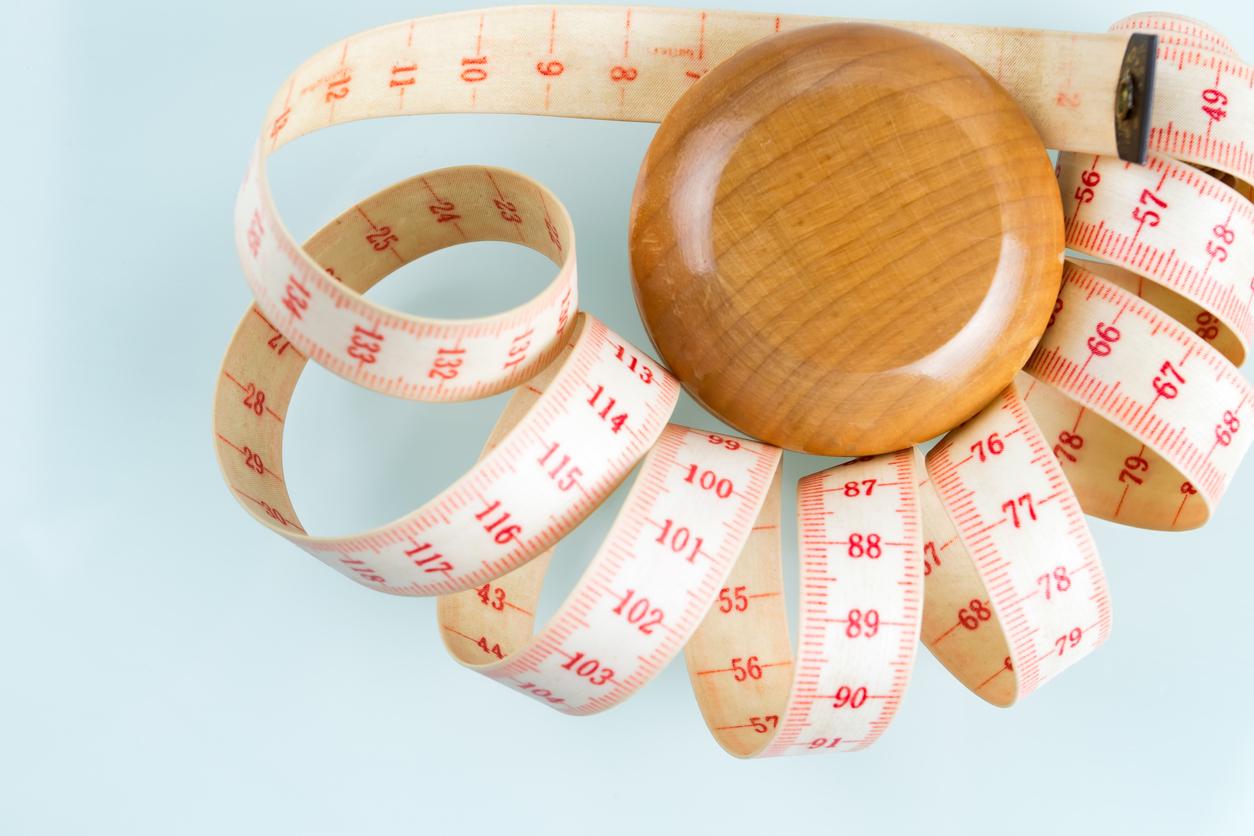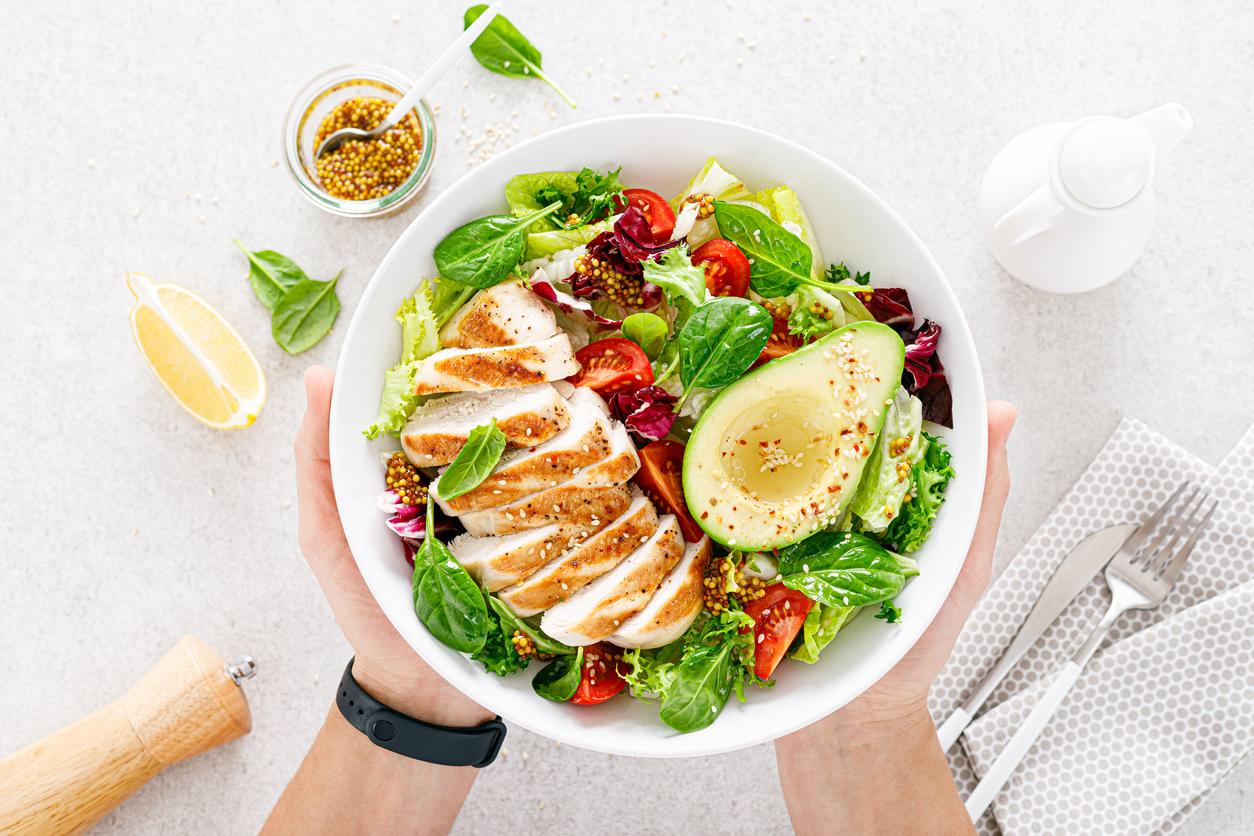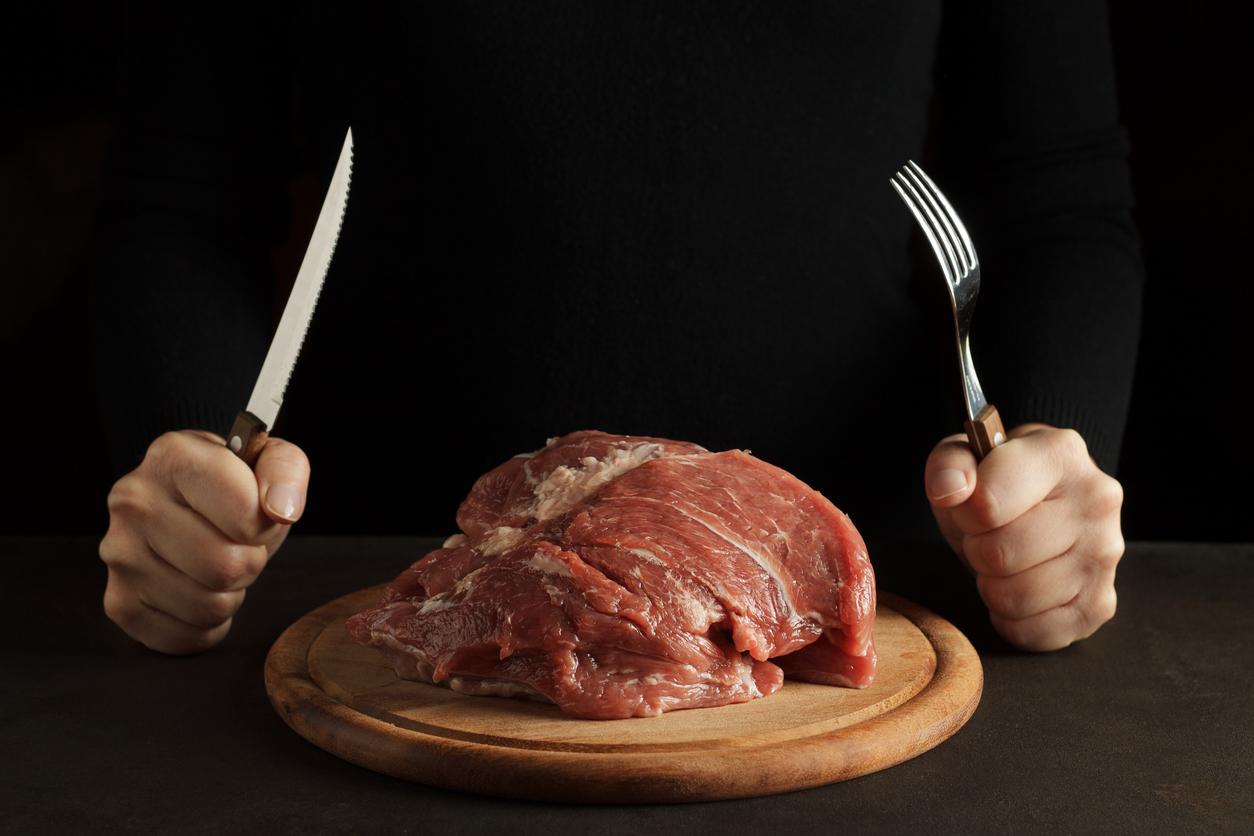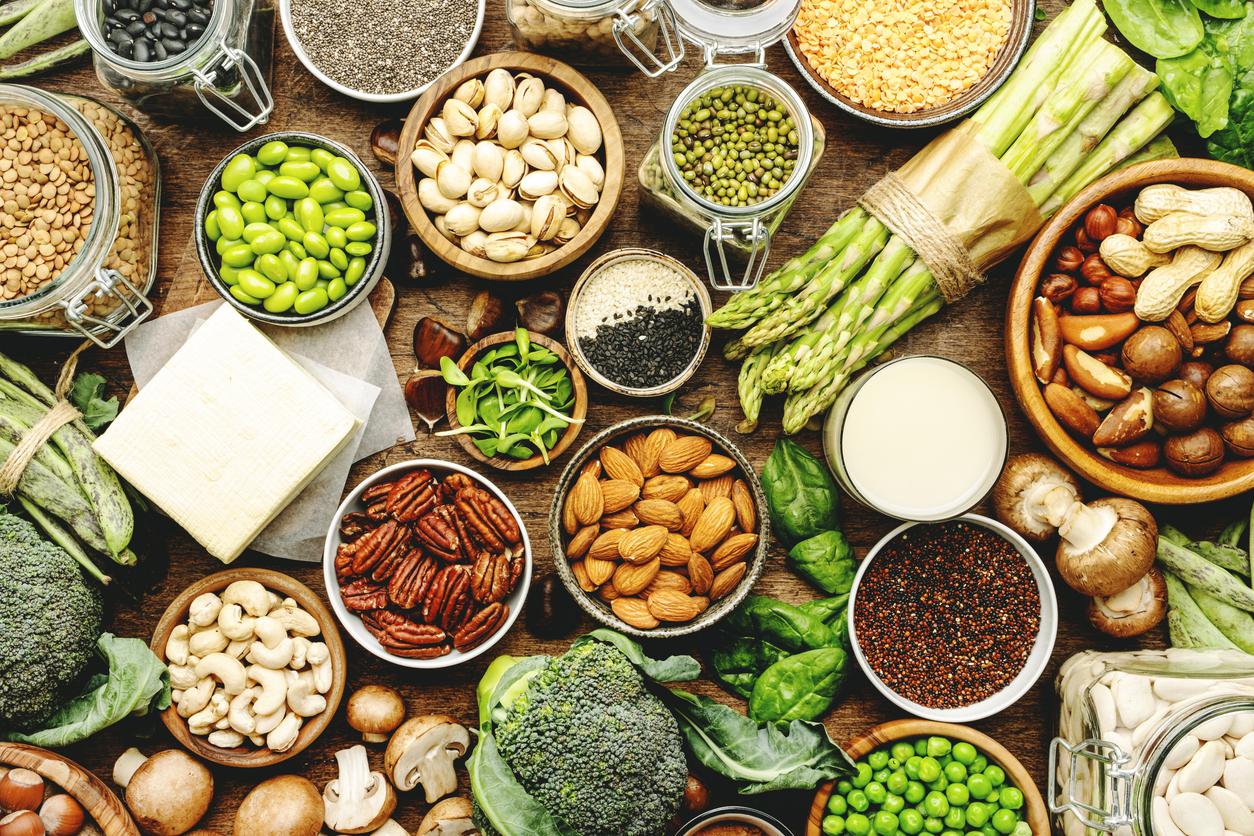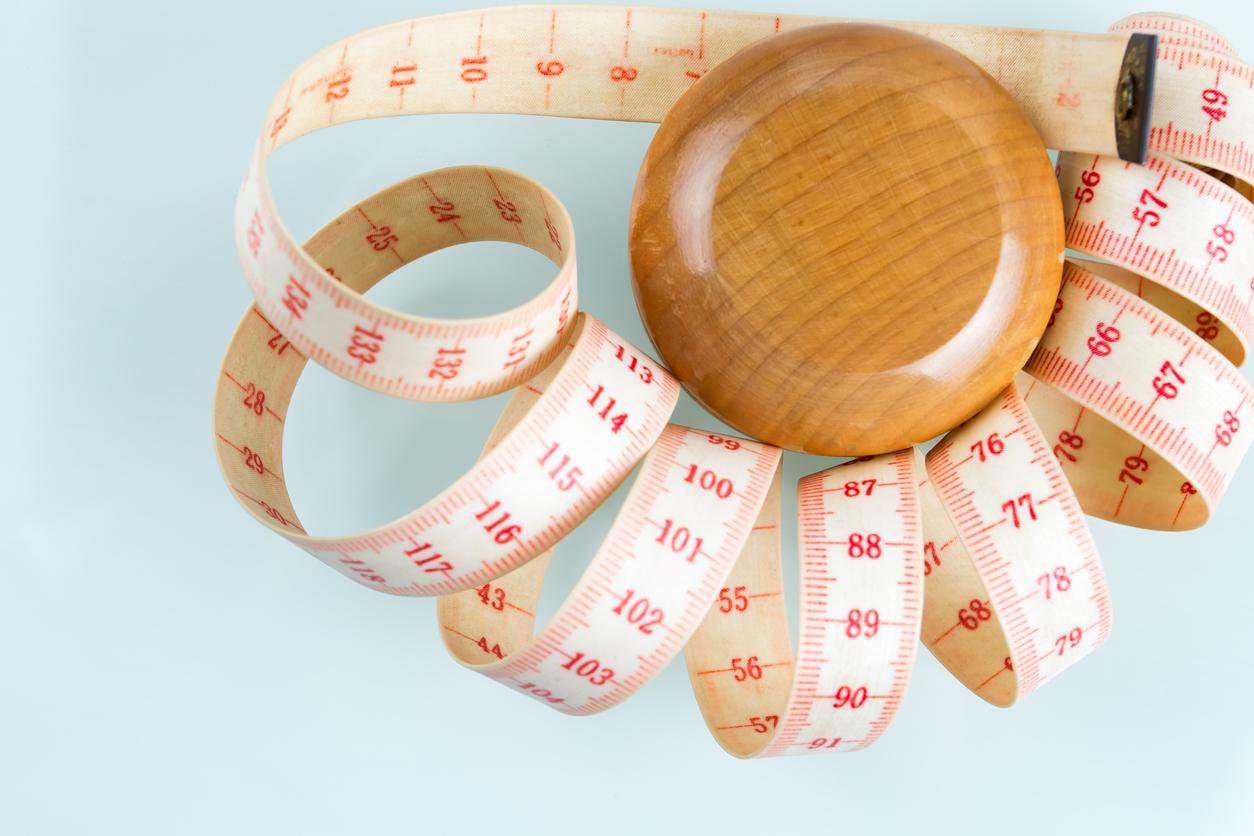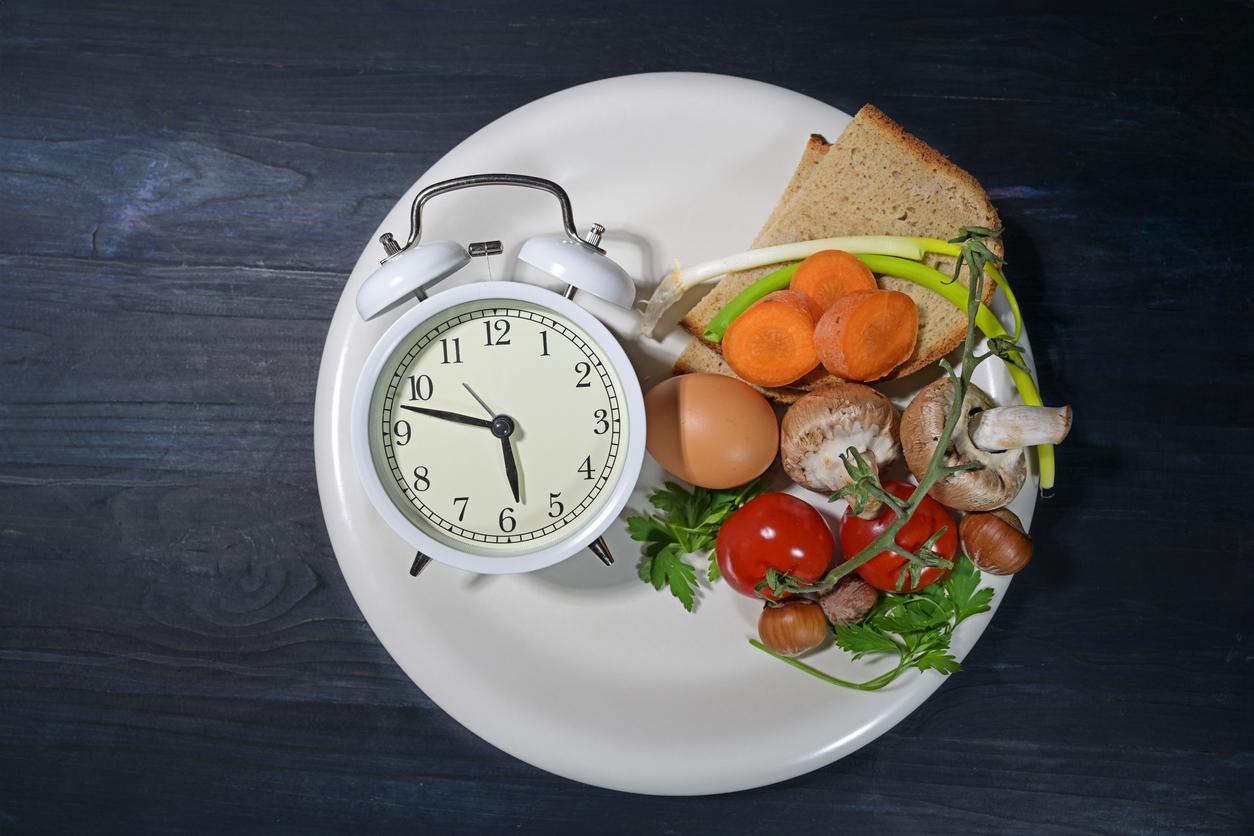The last few years have seen the flourish of the gluten-free diet to lose weight, to improve sports performance and gluten has been accused of all ills. This excitement was obviously excessive!
The gluten-free diet: a fad?
The good thing about this fad is that many food products ” gluten free ” have developed in addition to bread and pasta (by opportunistic industrialists) from which genuine intolerant people can benefit 🙂
Remember that this total gluten intolerance concerns only 1% of the population European and is an autoimmune DISEASE. This means that the person who is affected, develops antibodies that they will direct against the intestinal enzyme that they have and which normally allows them to digest gluten well: trans glutaminase.
The undigested gluten will then lead to a local inflammatory reaction which destroys the intestinal mucosa, triggers abdominal pain and transit disorders and alters the absorption capacities of the nutritional elements such as proteins, lipids, carbohydrates, vitamins and minerals.
Also, indeed once the diagnosis is established, the only treatment is a diet excluding any source of gluten.
The gluten-free diet
With the exception of this precise diagnosis, you must follow the gluten-free diet and for this you must remove from your diet all grain products containing gluten : rye, oats, wheat, barley and all the preparations which result from it: flour, semolina, bread, pasta, cookies and other processed products, on the simple fact that “everyone is talking about it”, deprives you of the nutritional quality of these foods and may upset your diet.
Of course, on the program Know how to lose weight the gluten-free diet offers balanced low-calorie menus adapted to this specific diet but is not one of the many “anti-everything” movements that we see flourishing on the internet and in magazines!
A little reminder on the gluten-free diet
Gluten is a protein found in rye, oats, barley and particularly wheat and all its derivatives (bread, pasta, cookies, etc.). The gluten-free diet is to be followed in case of intolerance and only in this case.
Celiac Disease (CD) is a permanent intolerance to one or more protein fractions of gluten. It causes villous atrophy (destruction of the villi in the small intestine). This results in malabsorption of nutrients, especially iron, calcium and folic acid. The only known treatment remains the total elimination of gluten from the diet. Before starting such a demanding diet, it is necessary to establish with certainty an accurate diagnosis.
Make a diagnosis of CD
The criteria for asking a diagnosis of CD are :
- test for disease-specific antibodies (anti-transglutaminase) in the blood.
- if positive, perform an endoscopy with samples (biopsies) on the upper part of the small intestine (duodenum).
- experience remission of symptoms after the gluten-free diet.
Some celiac patients have negative antibodies and, if there is strong suspicion, endoscopy may be necessary to make the diagnosis.
Note that many industrialized products also contain an addition of wheat starch (store-bought sauces, etc.). So be very vigilant on the choice of products and systematically check the list of ingredients. To be sure of what you are buying, this site is THE reference: http://www.afdiag.fr/dietetique/produits-sans-gluten/. The “wheat ear crossed out in a circle” logo is a guarantee that the product is gluten-free.
Tips for following the gluten-free diet
There are also ranges of gluten-free products sold in health food stores. In particular, you can find in these a range of gluten-free bread and rusks to use for breakfast.
But our main advice remains to favor natural foods and cook as much as possible yourself.
For starchy foods, you can replace those containing gluten provided by rice, potatoes, quinoa, polenta, pulses or gluten-free pasta also sold in health food stores.
About the program Know how to lose weight, you will find a special page “The Gluten Free Diet”. Take the time to consult it and print it to refer to it as often as necessary! You can substitute wheat by using cornstarch, rice and rice flour, quinoa or even potato or potato starch.









